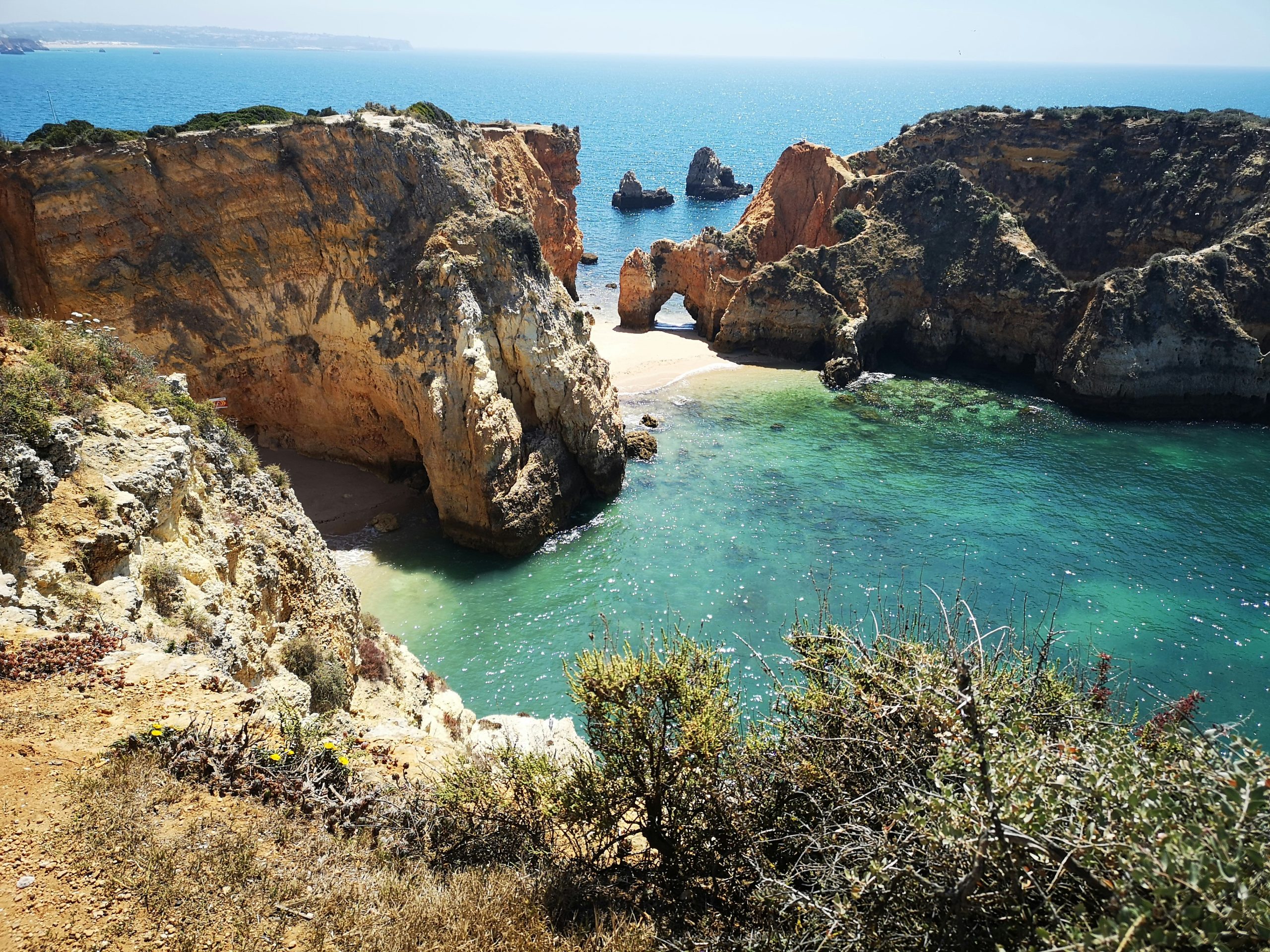
Travel to Europe is almost at pre-pandemic levels
Towards the end of 2023, European tourism continued its robust recovery, nearing pre-pandemic levels despite inflationary pressures.
Across reporting destinations, foreign tourist arrivals stand at 1.6 per cent below 2019 figures, with nights 0.6 per cent below, showcasing a resilient travel demand across the continent – a trend which is expected to continue into 2024.
This is according to the latest edition of the ‘European Tourism Trends & Prospects’ quarterly report released today by the European Travel Commission (ETC), which looks at the region’s tourism performance and economic indicators over the last months of 2023.
Long-haul arrivals recovering nicely


The recovery is fuelled by strong intra-European travel, primarily from Germany, France, and the Netherlands. Long-haul arrivals are also bouncing back, but at a slower pace and showing significant variations between regions such as the Asia-Pacific and North America.
“The high travel demand seen in 2023 provided a significant boost to European economies and will help improve the balance sheets of tourism companies, which were hard hit by travel restrictions,” said Miguel Sanz, ETC’s president. “However, the return to pre-pandemic levels will also put pressure to accelerate the sustainable transition of the travel industry.”

Value for money in demand
European travel remained resilient in the last months of 2023, with two-thirds of destinations reporting either a full recovery or recording arrivals and/or overnights within 10 per cent of pre-pandemic levels.
Among these, Southern European destinations continue to be the frontrunners, boosted by favourable weather extending into the shoulder season.
Serbia saw the largest surge in arrivals (+15%), alongside Portugal (+11%), Montenegro (+10%), Türkiye (+9%), and Malta (+8%). They are also popular destinations for all-inclusive holidays and more affordable travel costs, which has been key to attracting price-conscious travellers.
Other countries also achieved a significant rebound compared to 2019: Iceland saw a 12 per cent increase in arrivals even amidst volcanic eruptions, while the Netherlands grew tourist nights by 16 per cent despite a smaller two per cent rise in arrivals, indicating longer stays.
In contrast, Eastern European destinations bordering Russia experienced a slower rebound, with countries like Lithuania (-32%), Latvia (-29%), Estonia (-27%), and Finland (-24%) lagging behind.
For the full report, click here.

